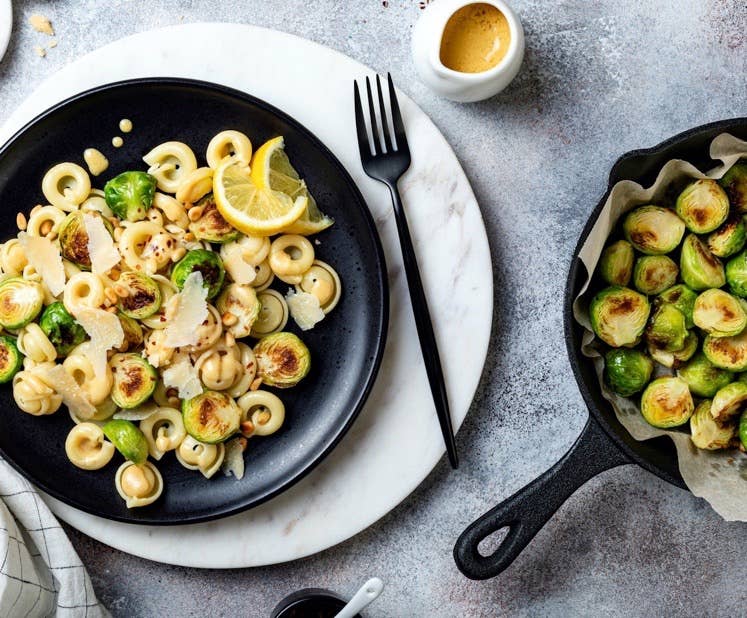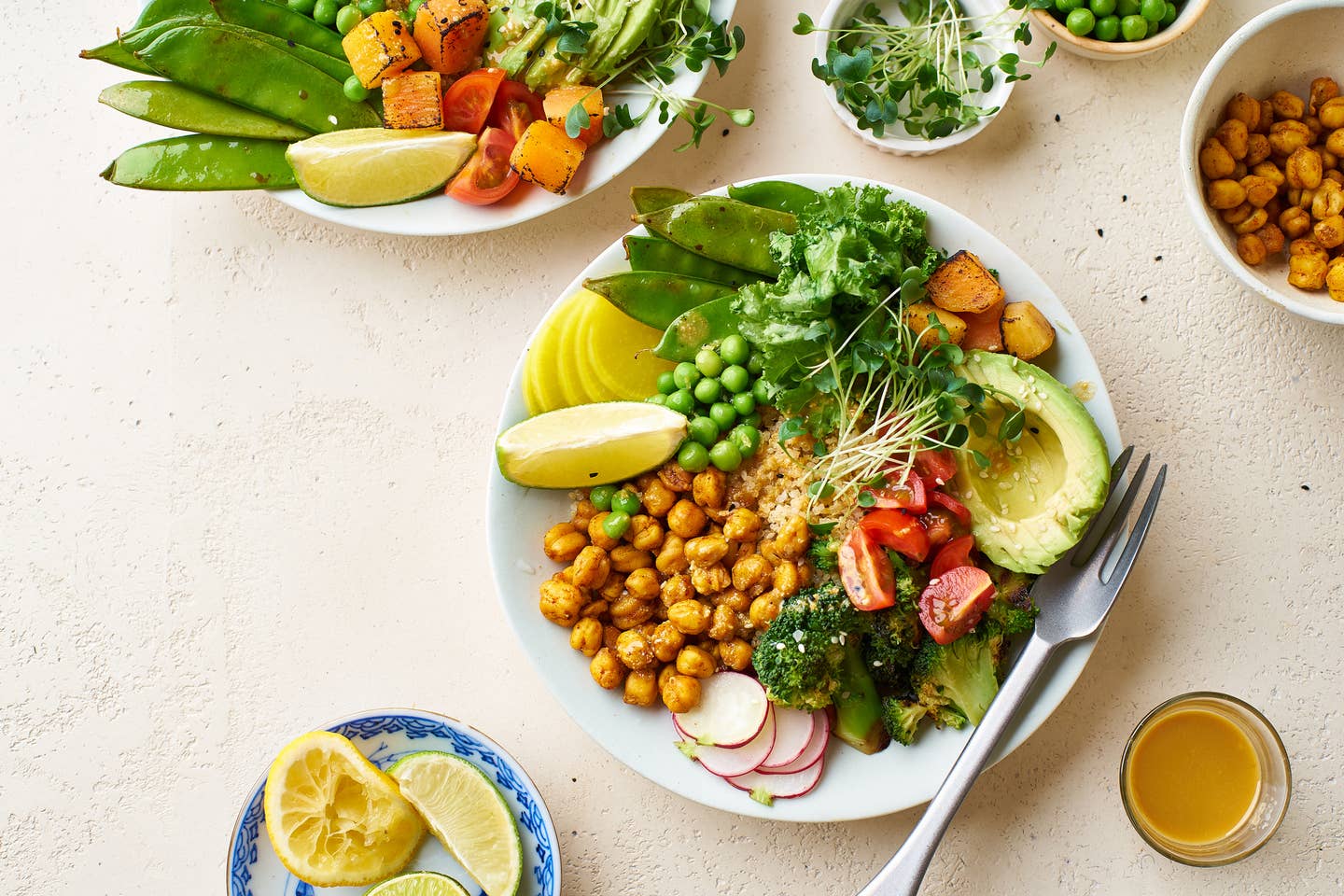
The Best Foods to Eat for Pain Relief: Backaches, Headaches, Joint Pain and More
We are a nation in pain. We need relief and we want it now. But there’s a way to solve most pain – an approach with no side effects – that’s right in front of us.
We are a nation in pain. We need relief and we want it now. This collective way of thinking has landed us in a social and economic opioid crisis of massive proportions. We are now facing a public health emergency. We need a different approach; we need a better type of cure.
Pain is a puzzle to be solved rather than a symptom to be suppressed. Pain is a signal that the complex system of integrated networks known as the human body is out of balance.
The Best Rx for Pain: The Food We Eat
A well-researched, powerful prescription is available to all of us that can significantly provide relief for many types of pain, and all without side effects. This seemingly magical alternative to pills and procedures is lifestyle medicine, with a healthy diet at the top of the list.
A whole-food, plant-based diet is a critical foundation for optimal health and well-being. We can prevent and reverse diabetes, heart disease and many of the negative effects of aging by adopting nature’s gardens as a natural pharmacy. Consuming high-quality, nutrient-rich foods to repair and support our bodies’ cell structures translates into healthier joints, muscles and organs. Food is indeed our best medicine.
The gold standard is a whole-food, plant-based diet consisting of vegetables, fruits, nuts, beans, and whole grains. These dietary choices will support our healthiest gut microbiome to reduce inflammation, boost our immunity and reduce pain. Foods that trigger inflammation should be avoided, such as processed foods, sugar, dairy, meat and sweetened beverages (artificial sweeteners as well). I regularly remind my patients that we should all eat a rainbow every day — colorful fruits and vegetables.
Pain can originate from many different structures of the body. Some of the most common types of pain syndromes I see in my office originate from muscles, joints and head pain.
What to Eat and Drink to Get Rid of Muscle Pain
Muscle pain can occur anywhere in the body (but mostly affects the neck, back, and shoulders) and is often a consequence of deconditioning, sitting too long, poor posture, dehydration, stress and a nutrient-poor diet.
A diet deficient in magnesium can exacerbate muscle pain. Be sure to consume magnesium-rich foods such as flax seeds, almonds, pumpkin seeds, black beans, spinach, barley, and tofu. Adding spices such as turmeric and ginger to a meal can reduce pain due to their antioxidant and anti-inflammatory properties – as well as enhancing flavor!
Hydrating with at least 2 liters of water a day, and making drinking water a daily habit will ensure optimal circulation and oxygen delivery to all muscles for peak performance.
What to Eat and Drink to Alleviate Joint pain
Damage to the joints from disease or injury in the form of osteoarthritis, rheumatoid arthritis, and sprains and strains (from overdoing it on a long Sunday run, for instance) can respond positively to a strength and conditioning program as well as a healthy diet.
Avoiding refined carbohydrates, dairy, sugar and processed foods, while eating a whole-food, plant-based diet will support joint health. Especially look for foods rich in alpha-linolenic acid (ALA): spinach, brussels sprouts, peas and tomatoes, beans and flaxseed oil (concentrated ALA). They should be the cornerstone of a joint-healthy diet.
What to Eat and Drink to Treat Your Headache Pain
Head pain is extremely common and can present as migraines, headaches and even shooting neck pain. Poor posture, sleep deprivation, hormonal imbalance, stress, dehydration, and often the quality and timing of meals can cause headache pain.
Common triggers for headache pain include dairy products, wheat, meat, peanuts, eggs, alcohol (especially red wine) and artificially sweetened beverages.
Foods rich in magnesium and foods rich in vitamin D and calcium have been shown to alleviate headache pain. Try including mushrooms, tofu and fortified soy and almond milk in your diet for vitamin D. Calcium-rich foods include bok choy, broccoli, collards and kale.
Cooked fruits and vegetables have been shown to make nutrients more available to the body. These, along with regular sleep, exercise and adequate hydration, can help you keep headaches away.
You may think pain happens to you and you have to endure it or medicate it. But the truth is, we do have choices in our health, and our food choices matter greatly in how we feel and function.
We all want to feel well without the burden of pain and physical limitations. We have with us a powerful first line of therapy in the fight against pain. We can make the choice to nurture our nature with a whole-food, plant-based diet to stop the hurt and get the most out of life.
For more stories by Dr. Lillie Rosenthal please visit her website.
More From The Beet






